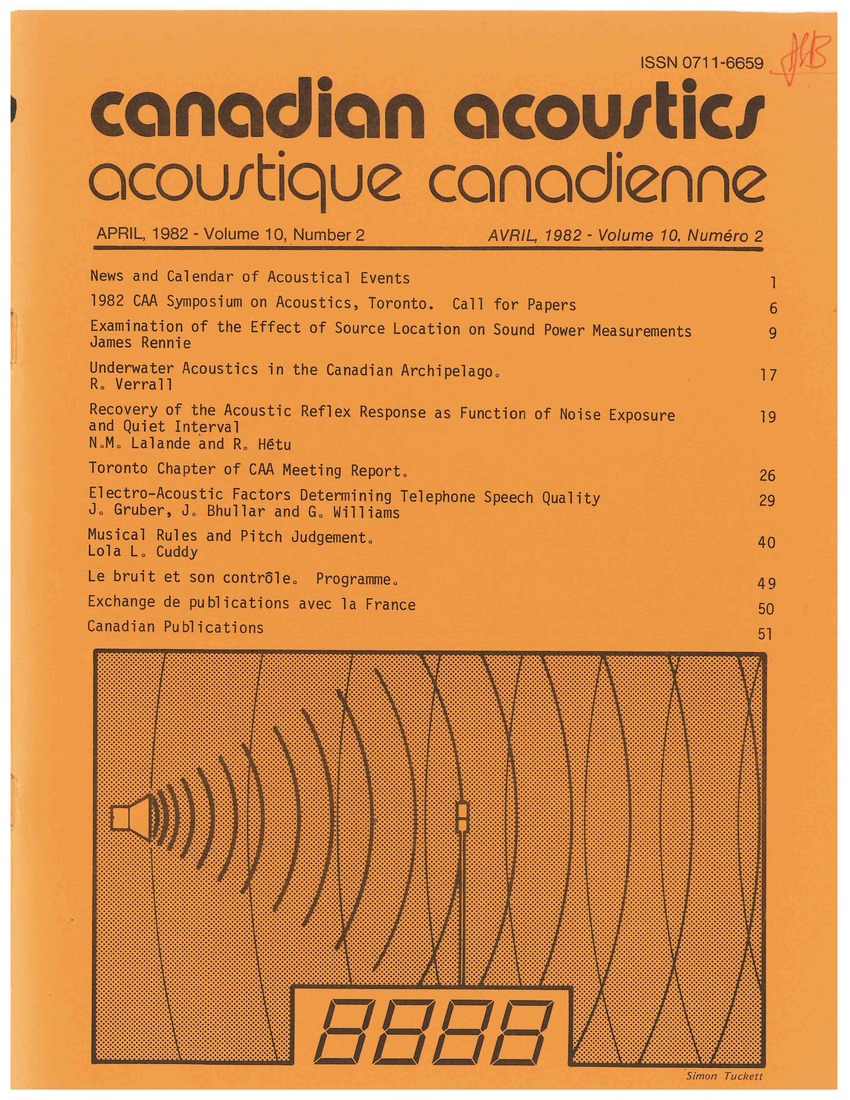Musical Rules and Pitch Judgement
Résumé
Observed psychoacoustic events are often incompatible with musical knowledge. The point has been made particularly in the realm of pitch theory. This paper will contend that it is not the case that musical knowledge does not apply to psychophysical tasks or that musical knowledge fails to correspond with musical practice. Rather, the judgment of pitch is the result of a complex decision involving both the identification of pitch pattern and the operation of a rule-based structural system assigning the functional values of pitches. Different tasks or task demands may assign different relative weights to the system's operators. Whatever the aesthetic merits of Western-European tonality, the experimental study of it uncovers a powerful system of pitch organization and reveals the delicate interplay between perception and cognition. Examples will be drawn from our work on interval and melody recognition.Fichiers supplémentaires
Publié-e
Comment citer
Numéro
Rubrique
Licence
Author Licensing Addendum
This Licensing Addendum ("Addendum") is entered into between the undersigned Author(s) and Canadian Acoustics journal published by the Canadian Acoustical Association (hereinafter referred to as the "Publisher"). The Author(s) and the Publisher agree as follows:
-
Retained Rights: The Author(s) retain(s) the following rights:
- The right to reproduce, distribute, and publicly display the Work on the Author's personal website or the website of the Author's institution.
- The right to use the Work in the Author's teaching activities and presentations.
- The right to include the Work in a compilation for the Author's personal use, not for sale.
-
Grant of License: The Author(s) grant(s) to the Publisher a worldwide exclusive license to publish, reproduce, distribute, and display the Work in Canadian Acoustics and any other formats and media deemed appropriate by the Publisher.
-
Attribution: The Publisher agrees to include proper attribution to the Author(s) in all publications and reproductions of the Work.
-
No Conflict: This Addendum is intended to be in harmony with, and not in conflict with, the terms and conditions of the original agreement entered into between the Author(s) and the Publisher.
-
Copyright Clause: Copyright on articles is held by the Author(s). The corresponding Author has the right to grant on behalf of all Authors and does grant on behalf of all Authors, a worldwide exclusive license to the Publisher and its licensees in perpetuity, in all forms, formats, and media (whether known now or created in the future), including but not limited to the rights to publish, reproduce, distribute, display, store, translate, create adaptations, reprints, include within collections, and create summaries, extracts, and/or abstracts of the Contribution.


